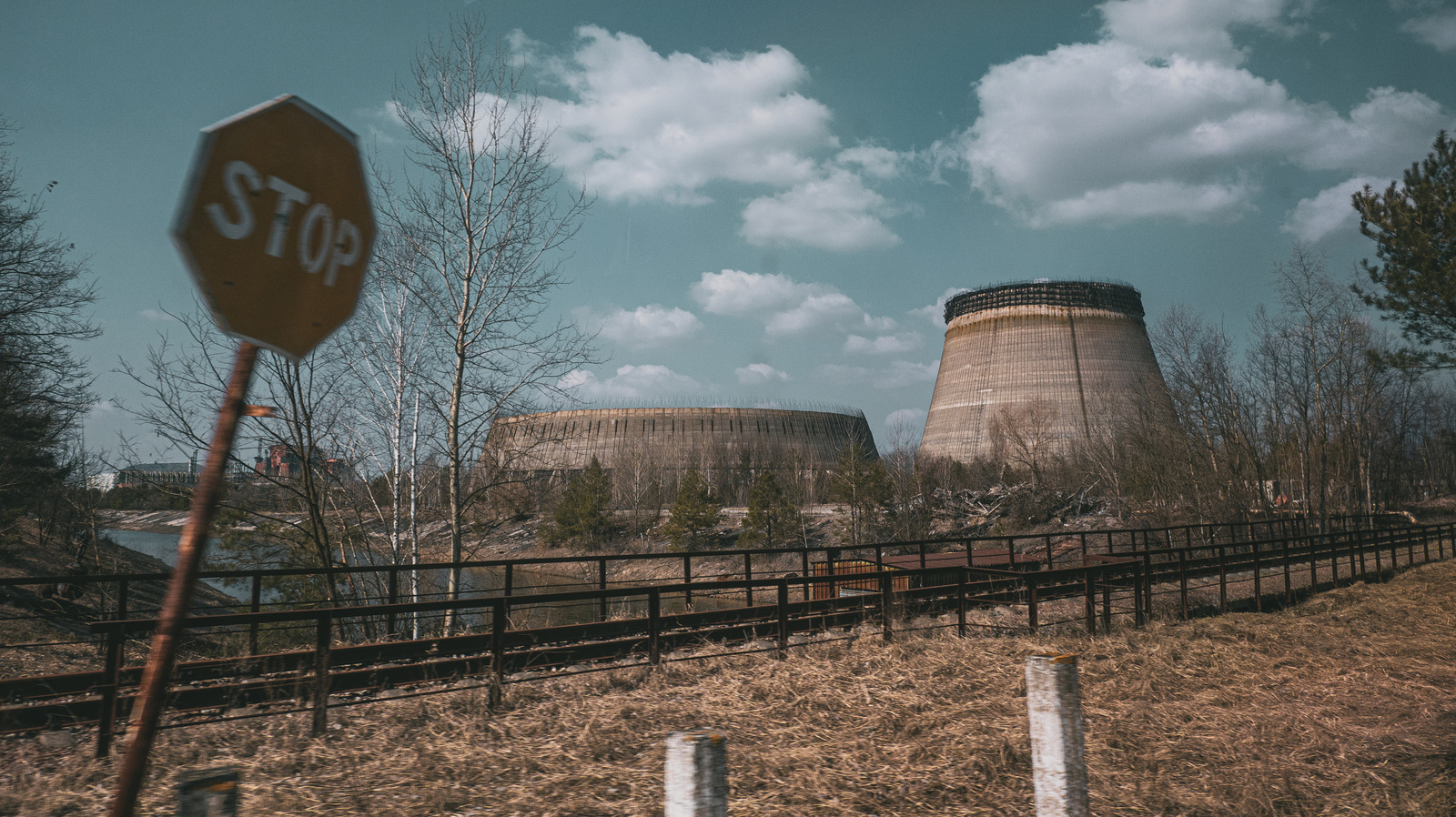
As the Journal of Radiation Research on the National Library of Medicine shows, the explosion at Chernobyl radioactive isotopes into the atmosphere, like xenon-133, strontium-90, iodine-131, and many more. While each isotope has its own half-life — how long it takes to decay — some take longer to decay than others. The real problem, as a report from the Council of Europe explains, is that each isotope breaks down into other isotopes, which then break down into other isotopes, and so forth. The whole process can take hundreds, if not thousands, of years. Chernobyl vented such particles into the air for 10 days straight.
But regardless of how many isotopes Chernobyl released into the atmosphere, or how heavy the exposure to certain individuals, such radioactive material doesn’t stay lodged in the body for the entire duration of an isotope’s half-life. Most radiation enters and leaves the body within a day, while some particles can linger up to a few weeks.
Why, then, were engineer Vladimir Shashenok and Chernobyl’s first responders buried in lead caskets and sealed in concrete? Lead is the leading material used to block radiation, and concrete — especially dense concrete — is excellent at blocking radiation, too. Famed Nobel Prize-winning scientist Marie Curie was buried in a lead casket because she’d been exposed to so much radiation over her life, but that was back in the 1930s. Ultimately, even though isotopes don’t stay in the body, it’s just a sound precautionary measure to bury exposed individuals in lead caskets.








